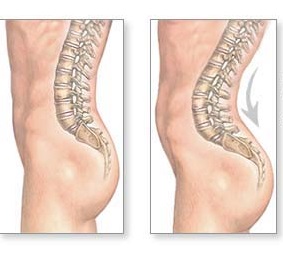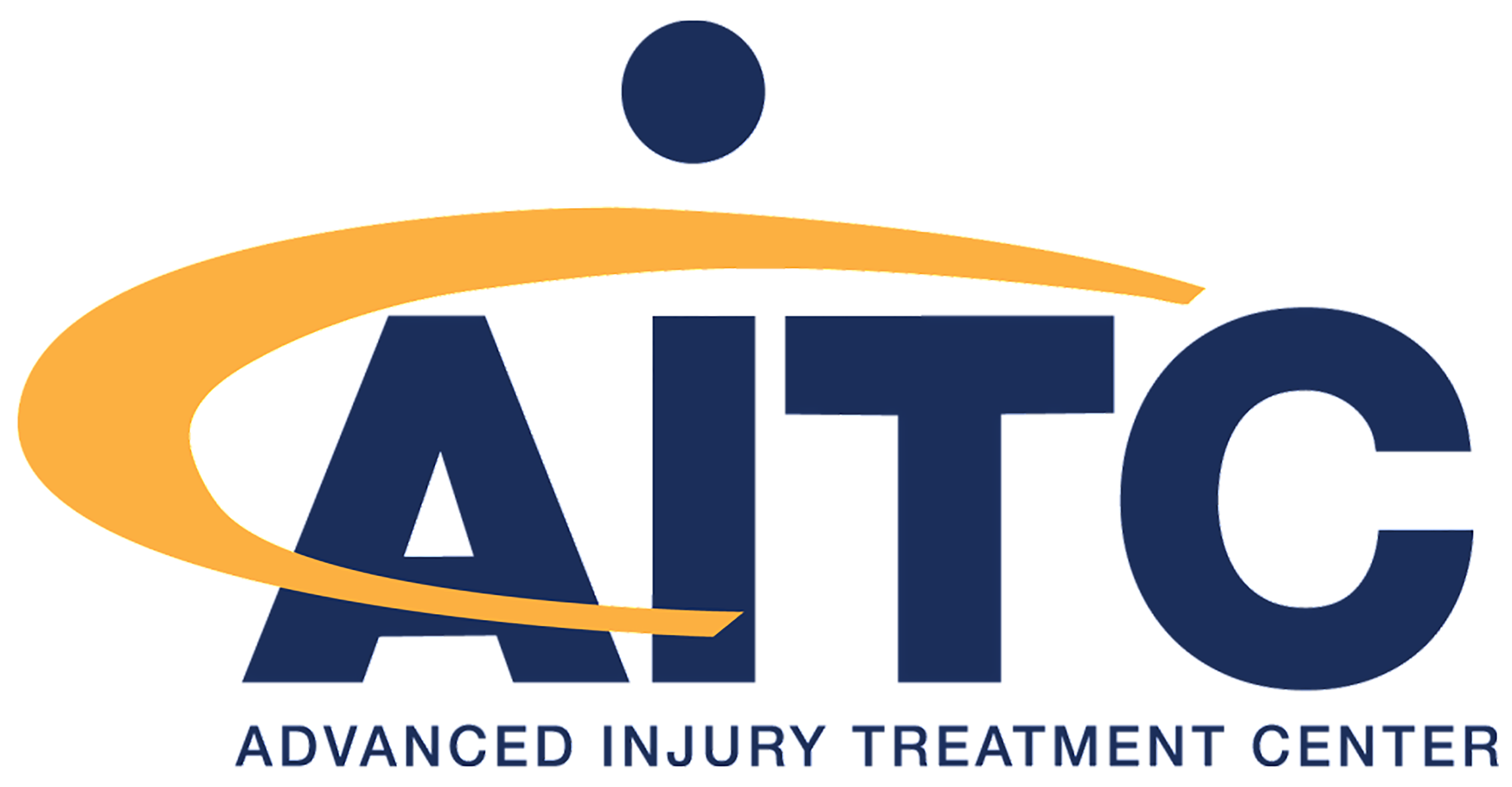What is Anterior Pelvic Tilt?

What is anterior pelvic tilt? APT is a change in posture that happens when the front of the pelvis drops forward, and the back of the pelvis rises. The condition pulls the abdominal muscles into a stretched position, which over time leads to a drastically weakened core. The glutes and hamstrings also suffer from being stretched for long periods of time. The lack of appropriate intramuscular tension within these muscle groups is both the cause and effect of anterior pelvic tilt.
APT is caused by the shortening of the hip flexors, and the lengthening of the hip extensors which leads to an increased curvature of the lower spine, and the upper back. Hip flexors are the muscles that attach the thigh bone to the pelvis and lower back. These hip extensors consist of four muscles, three of which are known collectively as the hamstring muscles, and the gluteus maximus. They help to extend the hip.
Studies show that as many as 85 percent of men and 75 percent of women, who may not show any other symptoms, have an anterior pelvic tilt. Those that do have symptoms may be feeling some muscle tightness in the pelvic and thigh area or weakness in the gluteus maximus and stomach muscles. You may also notice poor posture with the lower spine curving in, and a protruding stomach.
Weak stomach muscles, prolonged periods of sitting, lack of physical activity, poor posture, and genetics are all risk factors for development of anterior pelvic tilt. Working to strengthen the glutes, hamstrings and core will help aid in correction.
To Help Improve Anterior Pelvic Tilt
- Use proper form and technique while training.
- Practice healthy posture throughout the day and remember to tuck your tailbone slightly to restore a neutral spine.
- Spend a training cycle focusing on strengthening your glutes and core.
- Go barefoot or wear zero drop shoes whenever you can. Try to avoid footwear with heels.
- Don’t sleep on your stomach!
